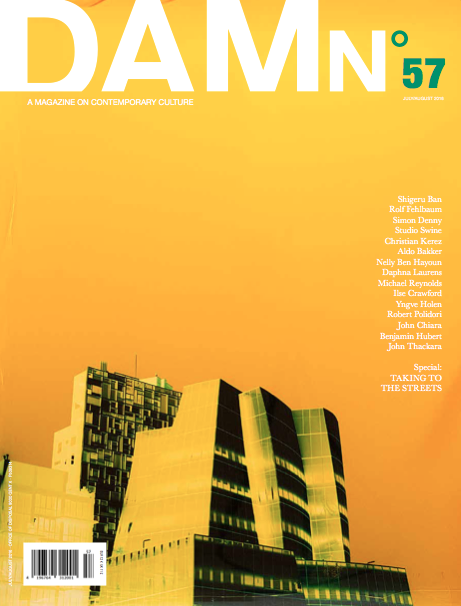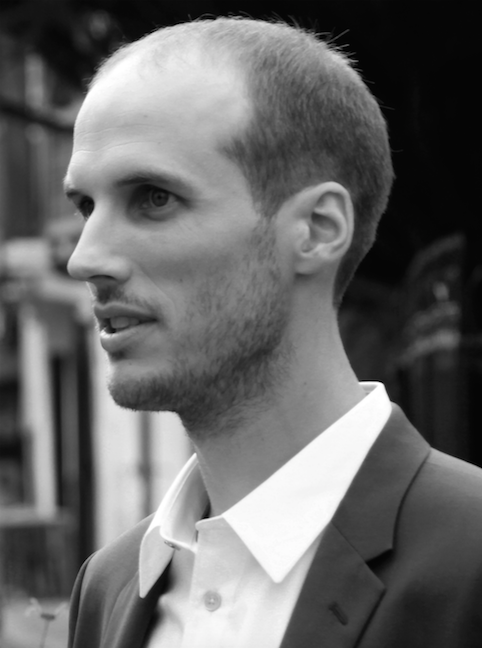Beyond the propositions made throughout event, one could derive the topics of today concerning the relationship between space and society. In this regard, it is not accidental that the conference opened with a keynote lecture by Eyal Weizman, director of Forensic Architecture, on perhaps the most important architectural work accomplished in recent years. Organised as a research agency at Goldsmiths, University of London, this group of architects, artists, and researchers creates reports investigating various political and military crimes, to serve as evidence in potential or actual trials. Through this vision, public space can be perceived as ‘the scene of the crime’, from where evidence can be gathered in the context of an investigation.

The fact that the conference ended with more questions than answers is fundamentally a good thing. Architects and planners, by exercising their professions, take decisions that can either reinforce the given order of a society or challenge it. The introduction of doubt in their practice is therefore a healthy element, since it necessarily involves a certain degree of deconstruction in the way this order is implemented through public space. Reflective events like this can be said to be successful not because they unpack a set of universal solutions for the examined problem, but rather because they trigger a certain degree of uncertainty in the way urban practitioners reflect on their own profession. We can only hope that the various ‘agents of doubt’ of the Fights and Fictions event were heard when they raised their concerns, and that the designs that will emerge from these conversations will indeed reflect such doubt.





